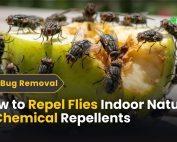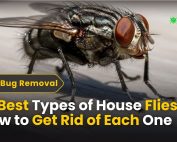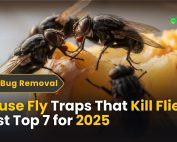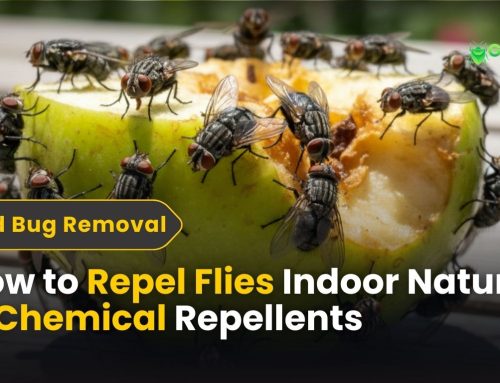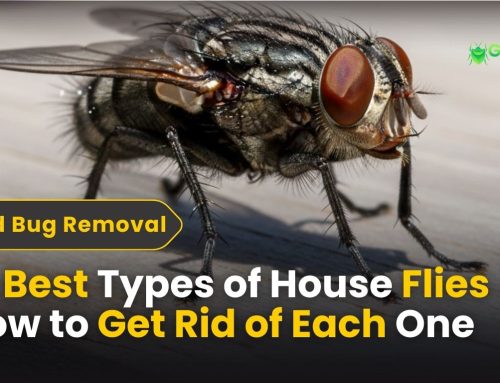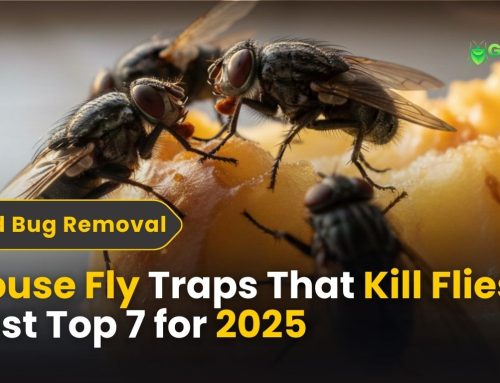Tips to Keep Bugs and Pests Out of Your Home

Tips to Keep Bugs and Pests Out of Your Home
tips for pest management and having your own pest control protocols & best ways to keep bugs, critters, and pests out of your house. No one wants to live in a home infested by all manners of pests—be it rats, cockroaches, termites, or ticks, they’re all a bother to have in your property! They can cause a lot of damage to your house and even pose some health risks to you and your family.
Sure, calling for pest management specialists is a sure-fire way to get rid of any infestation, but having your own pest control protocols won’t hurt. Here are some of the best ways to keep bugs, critters, and pests out of your house.
1. Minimise plants and mulch around your home
plants around house
Don’t take this the wrong way—but having lots of plants, trees, and shrubberies around your house can cause some problems too! Despite their aesthetic quality, trees and greenery serve as a breeding ground for insects, including pests.
While they’re not entirely problematic as long as they stay outside your home, keeping plants at a distance from your house is what you should do. You’re basically preventing any pests from using the plants as a “bridge” to gain access to your home.
Mulch also tends to attract a lot of critters as they are an ideal shelter for pests. Instead of using mulch in areas that touch your foundation, use rocks or other forms of ground cover that doesn’t invite pests. You can also design the plants to be placed around the garden and away from your house’s exterior walls. Think of it as your very own pest management countermeasure for your garden!
2. Seal your doors and windows
doors and window
Unless you breed bugs or keep them as pets, all insect invaders came from outside of your home. If you don’t want them to get inside and wreak havoc, you need to make some arrangements to make sure they stay outside.
A good way is to make sure your doors, windows, and other openings are sealed when you close them at night or even during the day. Installing screen doors or meshes on your windows is a great way to keep the critters out! The recommended screen mesh sizes should have at least 200 holes per square inch.
3. Keep your house clean at all times
clean house
One of the things that attract rats and cockroaches are crumbs and bits of food left lying around the house. Those dark corners in your storage room can also be an ideal place for the critters to live in and thrive. Keeping your home clean at all times is the best way to keep the pests away.
Vacuum the floors and surfaces at least once a week. Make sure you also get all the little crumbs in every corner of the kitchen and the entire house!
Aside from that, don’t leave any waste exposed and lying around the house. Make sure your rubbish bins have tight-fitting lids and clean the area where you put them. Any potential food source should be covered or properly disposed of outside your house.
4. Look for gaps and cracks
gaps and cracks
Doors and windows aren’t the only places that can serve as an opening for pests. Check for foundation cracks, loose sidings, missing roof shingles, and even small gaps around your utility lines. Seal any openings you find the same way you did your doors and windows. You can use copper mesh, coarse steel wool, or even sheet metal to cover those gaps.
Newsletter
Subscribe to our newsletter and stay updated
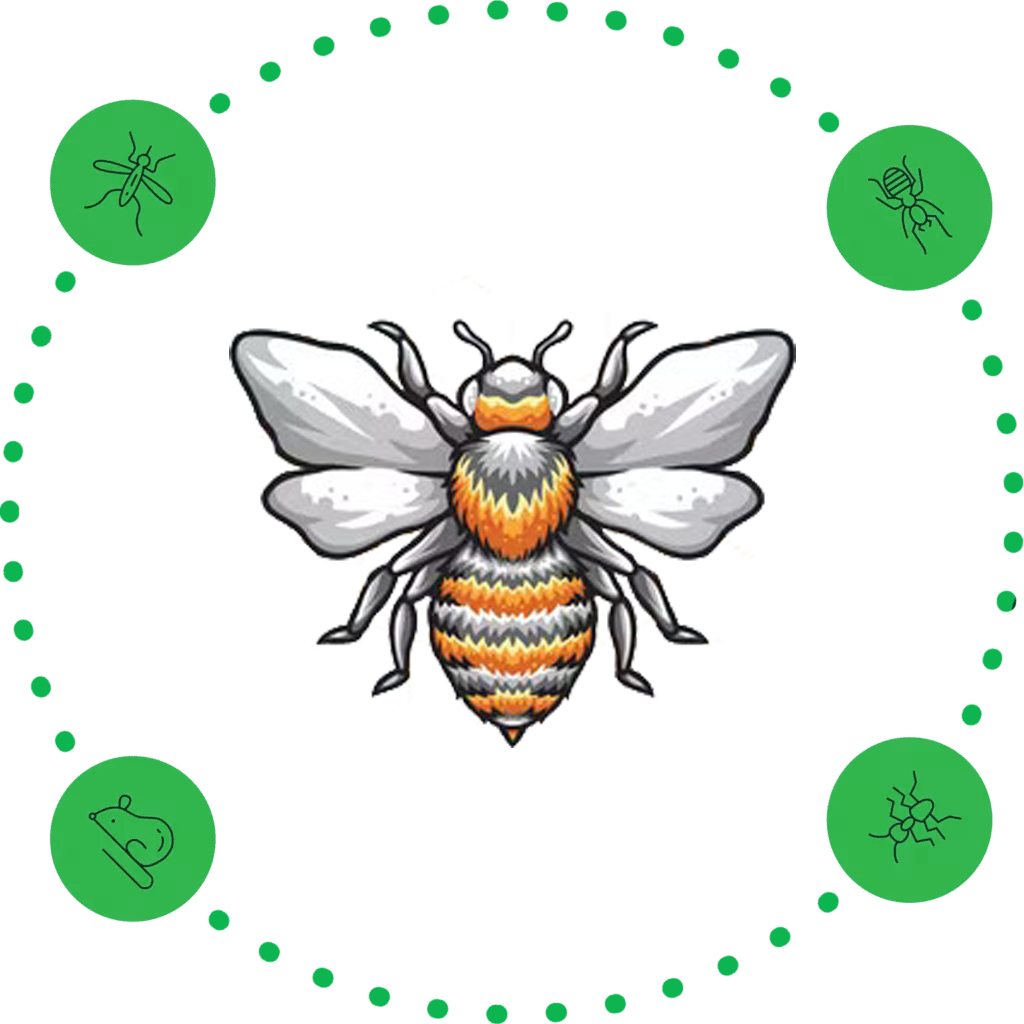
Mice Exterminator Services: Get Rid of Mice Fast With Licensed Exterminators Near You
If you are hearing scratching sounds, finding droppings, or noticing chewed wires, you need mice exterminator services immediately. Mice reproduce [...]
How to Repel Flies Indoors: Natural & Chemical Repellents
Flies are more than just a nuisance—they can contaminate your food, spread bacteria, and make your home uncomfortable. Learning how [...]
15 Best Types of House Flies How to Get Rid of Each One
House flies are more than a simple nuisance—they carry bacteria, contaminate food, and can trigger allergic reactions. In CT USA, [...]
House Fly Traps That Kill Flies Fast (Top 7 for 2026)
House flies are more than a nuisance. Their presence in your home can lead to food contamination, unpleasant odors, and [...]


